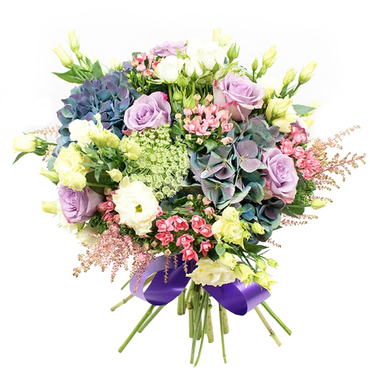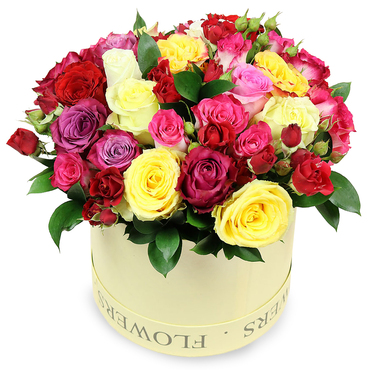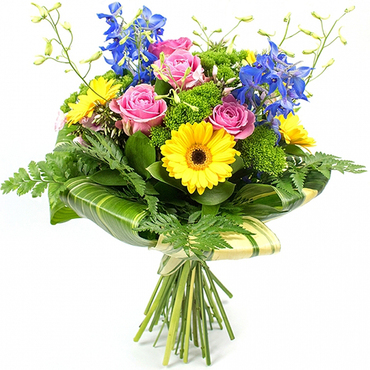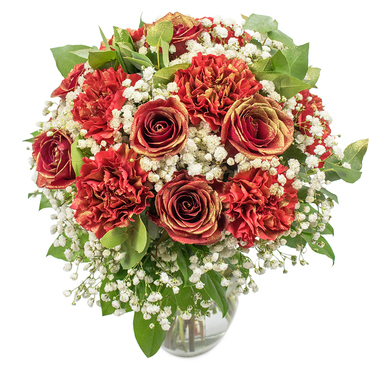Good Luck Greenery: 5 Beneficial Plants
Posted on 17/10/2025
Good Luck Greenery: 5 Beneficial Plants
Whether you are looking to enhance your living space, improve air quality, or simply add a touch of nature to your home, incorporating plants into your environment is a great choice. Certain plants have been believed to bring good luck and offer various beneficial properties. This article will introduce you to five of these auspicious plants and elaborate on the benefits they can bring to your life.
1. Lucky Bamboo (Dracaena sanderiana)
Commonly known as lucky bamboo, Dracaena sanderiana is a popular houseplant in both traditional and modern settings. Originating from Southeast Asia, this plant is not a true bamboo but a member of the lily family. Its striking appearance and resilience make it a favorite for indoor greenery.
Symbolism and Benefits
In Feng Shui, lucky bamboo is considered a symbol of luck and prosperity. The number of stalks has different meanings: three stalks bring happiness, five stalks signify health, and seven stalks denote wealth. Apart from its symbolic value, lucky bamboo is also known for its ability to purify the air, absorbing harmful toxins such as formaldehyde, benzene, and carbon monoxide.
Care Tips
Lucky bamboo thrives in low to moderate light conditions and can adapt to various watering practices. Place the plant in a well-lit area, but avoid direct sunlight to prevent leaf burn. Ensure the water level is about an inch above the roots and change it every two to four weeks. Adding pebbles around the plant can support its stems and enhance its aesthetic appeal.

2. Money Tree (Pachira aquatica)
The money tree, scientifically known as Pachira aquatica, is another beloved plant in the world of good luck greenery. Native to Central and South America, this plant is typically characterized by its braided trunk and glossy, green leaves. The money tree has gained popularity for its reputed ability to attract wealth and success.
Symbolism and Benefits
The money tree is often associated with financial fortune and positive energy. According to Feng Shui principles, placing a money tree in the wealth corner of your home or office (the southeast area) can attract monetary gain and prosperity. Additionally, the plant is effective in improving indoor air quality by removing pollutants like benzene, toluene, and xylene.
Care Tips
This plant prefers bright, indirect light and should be watered when the top inch of soil feels dry. Be cautious not to overwater, as this can lead to root rot. The money tree also appreciates high humidity levels, so consider misting the leaves regularly or placing a humidifier nearby. Fertilize the plant every four to six weeks during the growing season for optimal growth.
3. Jade Plant (Crassula ovata)
The jade plant, also known as Crassula ovata or the friendship tree, is a succulent native to South Africa and Mozambique. It is an enduring symbol of good luck and prosperity, often featured in households and businesses around the world.
Symbolism and Benefits
In many cultures, the jade plant is considered a "money magnet" due to its coin-shaped leaves. It is believed that the plant's energy can attract financial success and foster wealth accumulation. Apart from its economic symbolism, the jade plant is known for its low maintenance and long lifespan, making it a perfect addition to any home or office setup. Additionally, it can improve indoor air quality by absorbing CO2 at night.
Care Tips
Jade plants thrive in bright light but can also adapt to low light conditions. They require well-draining soil and minimal watering; water the plant only when the soil is completely dry. Overwatering can lead to root rot, so it's crucial to maintain a balance. Fertilize the jade plant sparingly, about once or twice a year, to promote healthy growth.
4. Peace Lily (Spathiphyllum)
The peace lily, or Spathiphyllum, is a popular houseplant known for its lush, dark green leaves and elegant white flowers. Originating from tropical regions of the Americas and Southeast Asia, this plant is celebrated not only for its beauty but also for its numerous health benefits.
Symbolism and Benefits
Peace lilies symbolize peace, purity, and prosperity. In Feng Shui, they are considered to bring harmonious energy into the home, fostering tranquility and balance. Beyond its symbolic attributes, the peace lily is highly effective in purifying indoor air, removing pollutants like formaldehyde, benzene, and ammonia. It is also known for increasing humidity levels, which can improve respiratory health.
Care Tips
Peace lilies prefer low to moderate light conditions, making them suitable for various indoor environments. Keep the soil consistently moist but not waterlogged. The plant will signal when it needs water by drooping slightly -- a handy feature for novice plant owners. To encourage blooming, place the peace lily in a brighter location, away from direct sunlight. Occasionally wiping the leaves with a damp cloth can help maintain their sheen and health.

5. Snake Plant (Sansevieria trifasciata)
Sansevieria trifasciata, commonly known as the snake plant or mother-in-law's tongue, is a hardy and versatile plant native to West Africa. Its striking, sword-like leaves make it a popular choice for both home and office decor.
Symbolism and Benefits
The snake plant is often associated with protection and good fortune. In Feng Shui, it is believed to ward off negative energy and bring positive vibes. Scientifically, the plant is well-known for its air-purifying capabilities. It can remove toxins like formaldehyde, xylene, and toluene from the air, contributing to a healthier living environment. Additionally, the snake plant is one of the few plants that convert CO2 into oxygen at night, making it an excellent choice for bedrooms.
Care Tips
Snake plants are incredibly resilient and can thrive in a variety of light conditions, from low to bright indirect light. They prefer well-draining soil and infrequent watering; water the plant only when the top couple of inches of soil are dry. Overwatering can lead to root rot, so ensure the pot has drainage holes. Fertilize the plant once a month during the growing season to support its health and growth.
Conclusion
Incorporating plants into your living space offers numerous benefits, from enhancing aesthetic appeal to improving air quality. The five plants covered in this article -- lucky bamboo, money tree, jade plant, peace lily, and snake plant -- are not only easy to care for but also come with the added bonus of symbolic and practical benefits. Whether you are a seasoned plant enthusiast or a beginner, adding these good luck plants to your home can bring joy, prosperity, and wellness into your life.


























